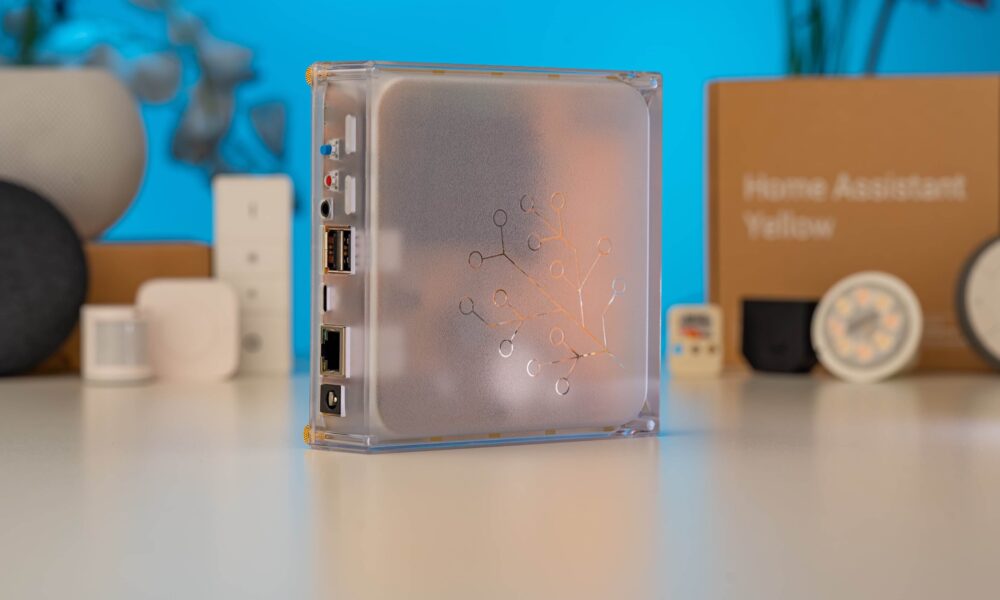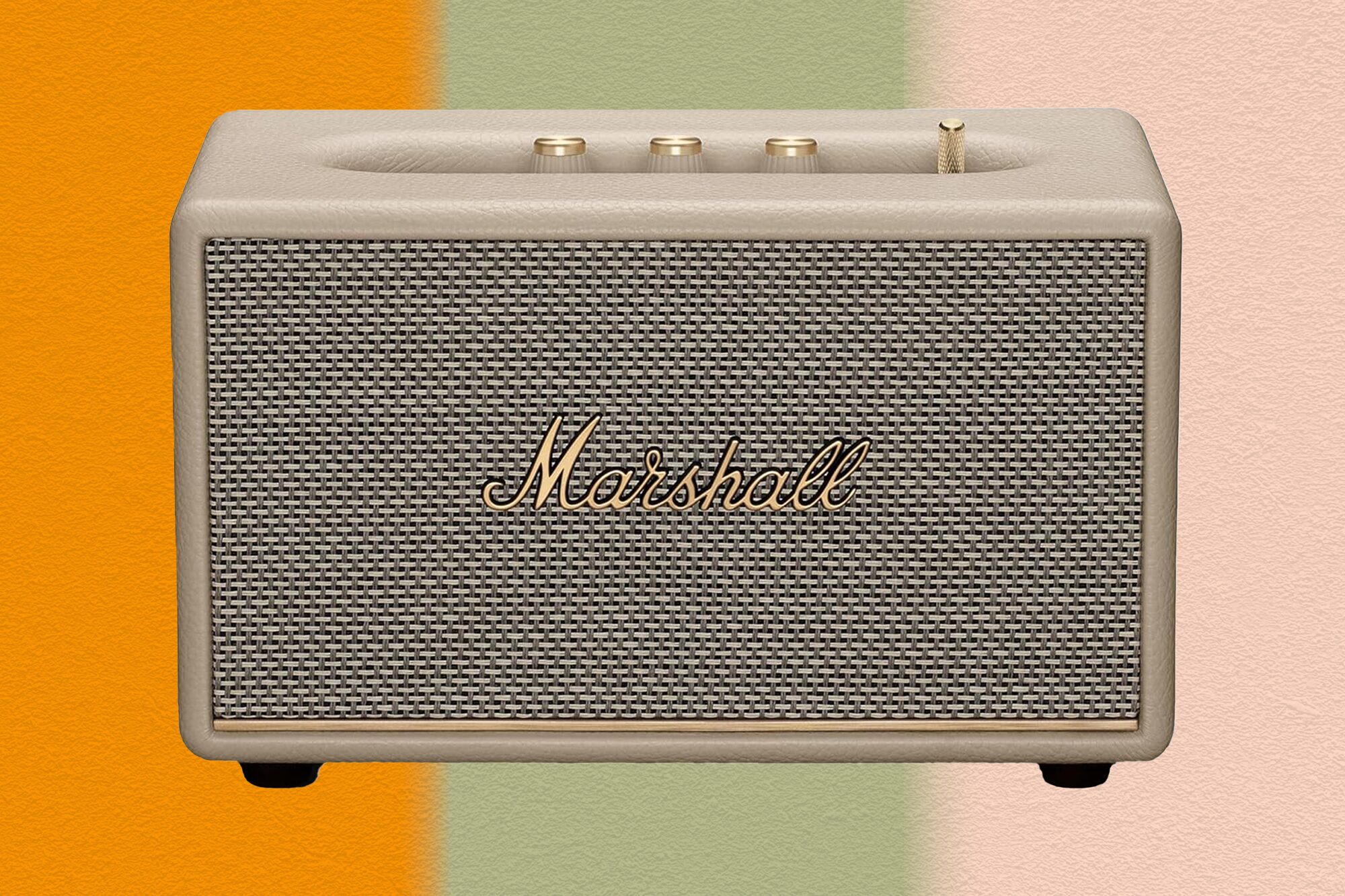The Home Assistant Yellow has officially been discontinued, following a decision by Nabu Casa due to declining sales and challenges in sourcing components. Launched in March 2021, this smart home hub was designed to operate the Home Assistant operating system and manage various Internet of Things (IoT) devices. As the landscape of self-hosting and smart home technology evolves, the existing version has become less viable, prompting discussions within the community about what features a potential successor should include.
Enhancing Performance and Capacity
A central demand from users is improved performance. The current model relies on a Raspberry Pi CM4 with a maximum of 8 GB of RAM, which is adequate for basic functions but struggles under heavier loads. Users report that the quad-core Cortex-A72 CPU, operating at 1.5 GHz, can become overwhelmed when multiple integrations and AI-related tasks are running simultaneously.
To address this, a successor should offer a configuration with at least 16 GB of RAM and a more powerful CPU, ideally with six cores. Additionally, support for AI accelerator cards and multiple NVMe slots would significantly enhance processing capabilities, enabling users to run complex automations without performance issues.
Expanded Connectivity Options
Connectivity is another area ripe for improvement. The Yellow model currently supports Zigbee, OpenThread, and Matter, but limitations exist due to firmware and radio stack constraints that prevent simultaneous operation of these protocols. A successor should ideally allow for concurrent connections, thus eliminating the necessity for additional USB dongles or firmware modifications.
Moreover, the inclusion of Z-Wave and enhanced Bluetooth capabilities would broaden the hub’s compatibility with various smart devices. Upgrading to a faster chip with dedicated antennas could improve range and reduce interference, making the hub a more versatile option for users.
Improved User Experience and Documentation
While seasoned users may find setting up Home Assistant straightforward, beginners often encounter challenges. A more refined onboarding process is essential for attracting new users, along with comprehensive documentation that guides them through installation and troubleshooting. This would help prevent potential frustration and reduce support requests from novice users.
Moreover, a successor should maintain a commitment to software updates, a practice that has been a hallmark of Home Assistant’s approach. By ensuring ongoing support, Nabu Casa can build user trust and foster a community around the new device, increasing its chances of long-term success.
Overall, if Nabu Casa can effectively address these areas, the successor to the Yellow could not only improve on its predecessor but also capture a larger share of the growing smart home market. The demand for a powerful, versatile hub remains strong, and with better marketing and community engagement, the new device could resonate with both existing Home Assistant users and potential newcomers alike.







